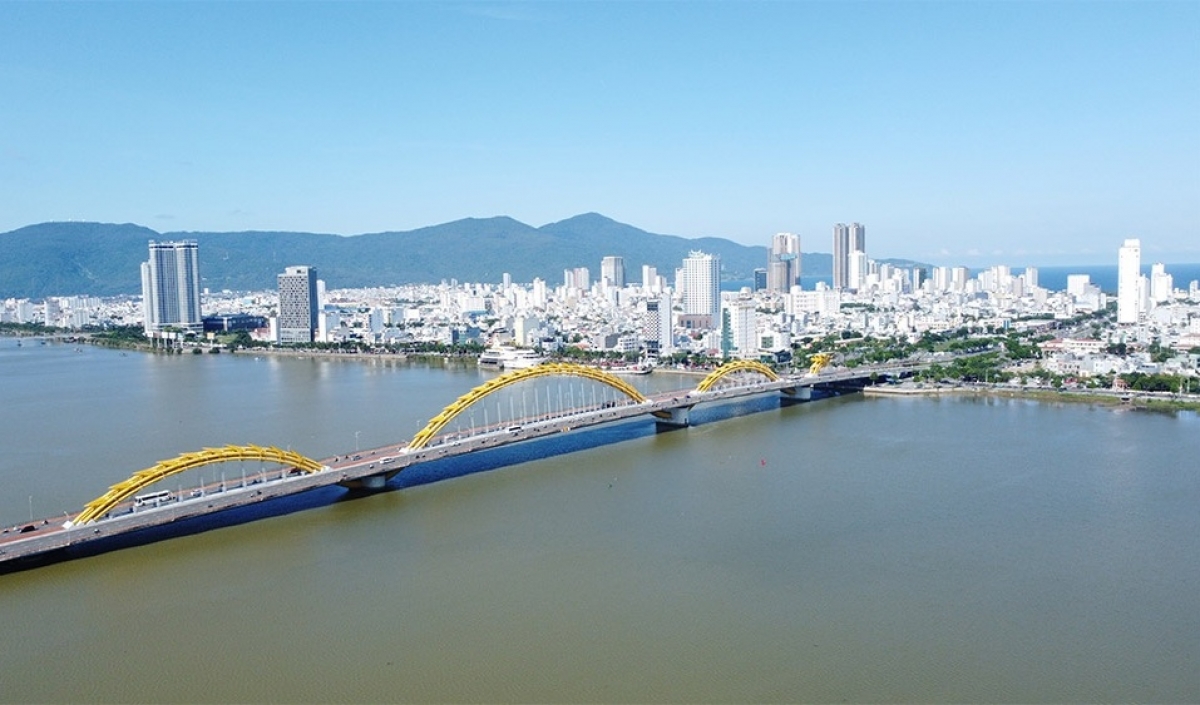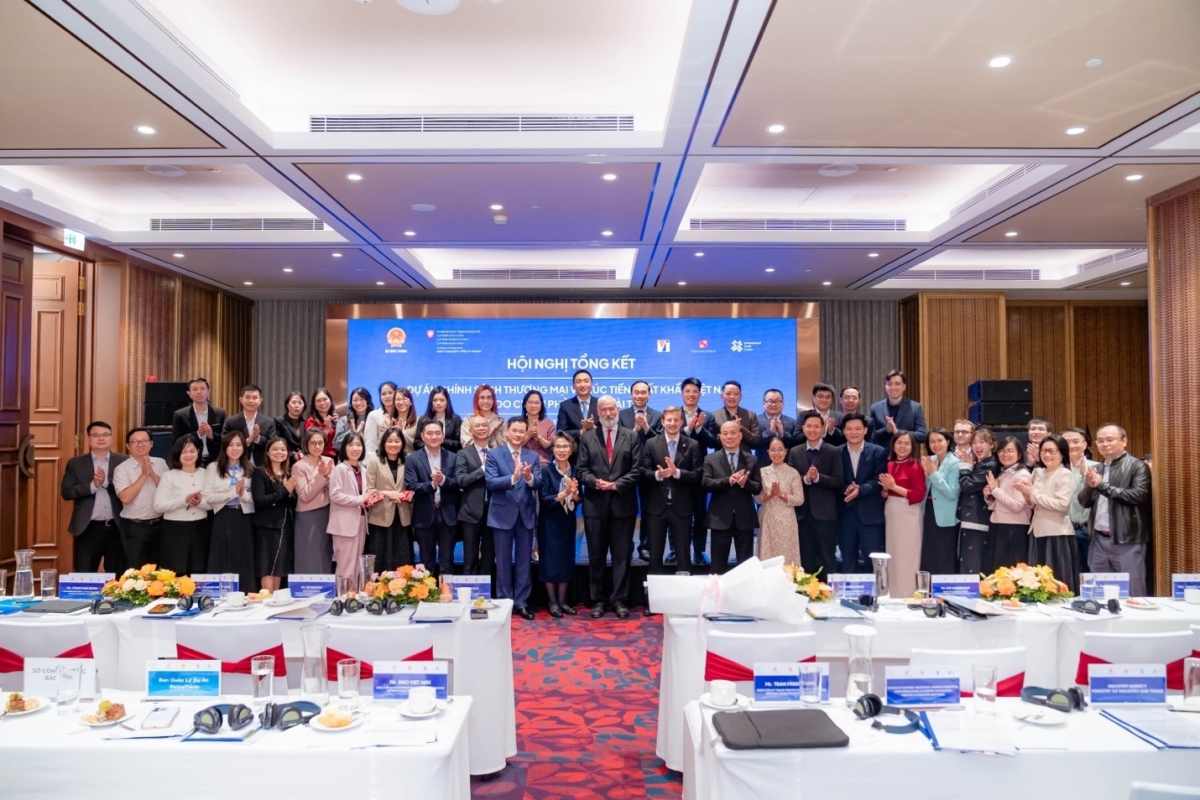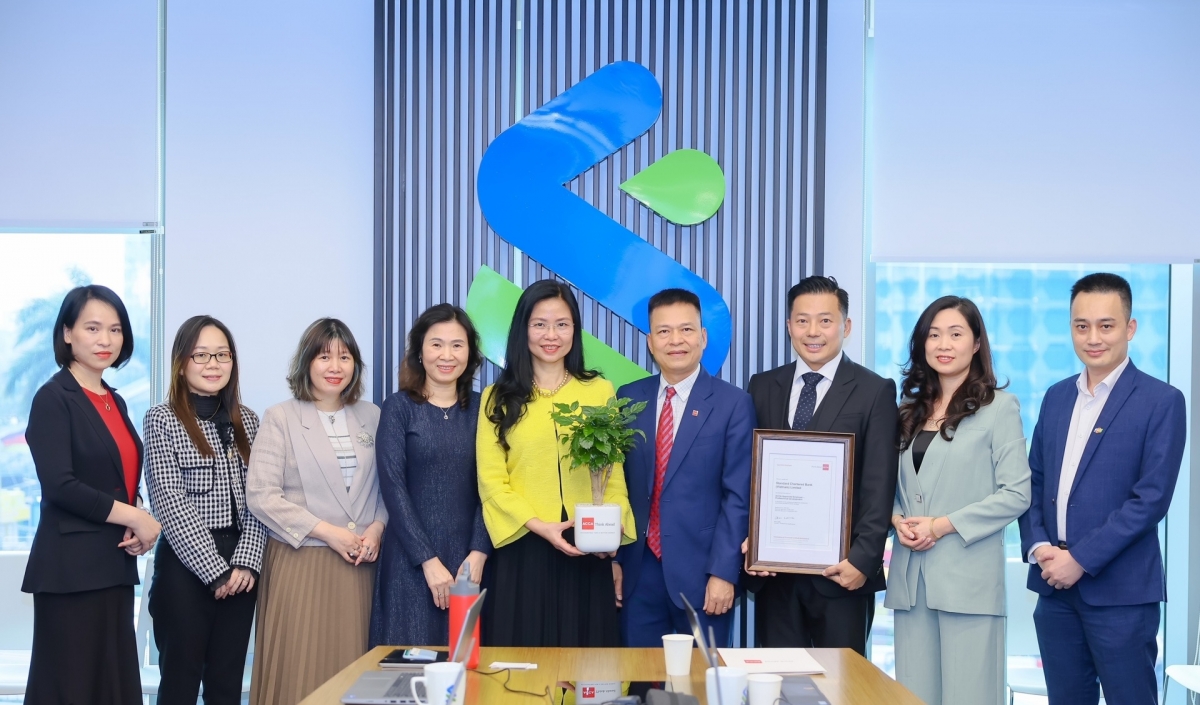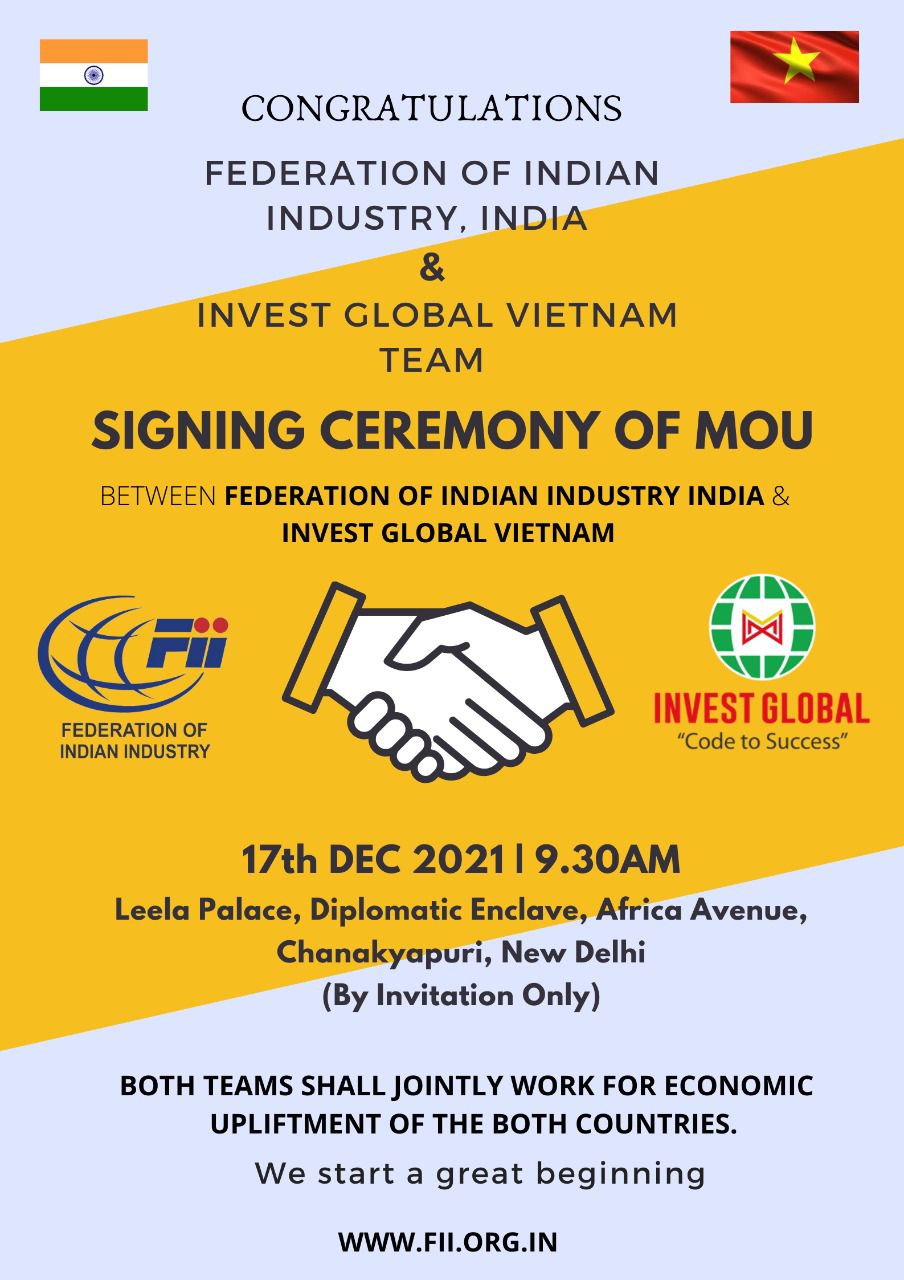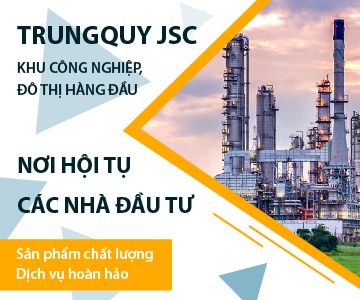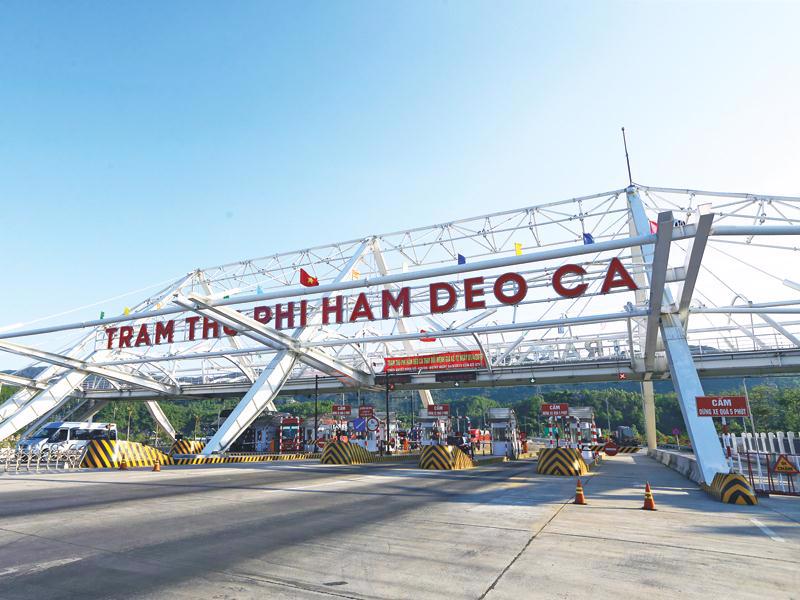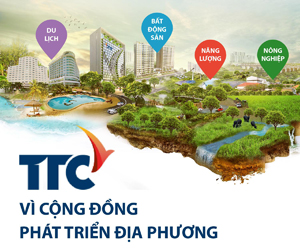INTERNATIONAL INVESTMENT
AND PORTAL
 Nhan Huynh, partner in Trade and Customs for KPMG in Vietnam
Nhan Huynh, partner in Trade and Customs for KPMG in Vietnam
Despite ASEAN’s pledge for deeper economic integration, non-tariff hurdles still account for over 90 per cent of intra-ASEAN trade restrictions. What bold steps must regional leaders take to move from rhetoric to real reform?
Since the ASEAN trade integration process began in 1992, the goal of tariff reduction and elimination has been largely accomplished, but the number of non-tariff measures (NTMs) across all commodities has been increasing over time. This raises the question of whether these are replacing tariffs as a trade barrier and should they be eased or eliminated.
NTMs are allowed, and some are legitimate responses of governments to protect the health and safety of their citizens. Such a measure can promote trade when additional demand of buyers in an importing country which introduces measure outweighs the adverse effect of increased compliance costs due to the required NTM in the supply chain
For example, a food safety NTM can signal assurance to the buyers that the goods are clean and safe for consumption, whereas without such buyers do not know if the goods are clean and safe for consumption and the uncertainty reduces demand.
However, if the cost of complying with an importing country’s NTM raises costs in the supply chain, and hence the prices of goods faced by consumers in importing countries, but such increased costs outweigh trade-promoting characteristics, then that measure reduces trade. NTMs that unjustifiably restrict trade are considered non-tariff barriers (NTBs).
Traditional trade negotiations between ASEAN member states typically focused on tariffs and quotas, NTMs have not been discussed in-depth and negotiated for reduction or elimination.
Many studies have demonstrated that NTBs raise costs and limit ASEAN’s competitiveness as a region. Regional leaders should consider how they act as a barrier to inter-ASEAN integration, and how NTM harmonisation and breaking down such hurdles can lead to tangible benefits for businesses from their respective economies.
Negotiations to reduce or eliminate NTBs involve considerations of broad foreign policy objectives, economic benefit of reduction, government and/or sectoral market access priorities, resources and time required for such reduction. However, in their economic benefit estimations leaders must ensure that changes in demand, trade diversion and substitution effects are considered.
What is the best way to tackle this situation?
Resolving NTBs is a complex process requiring sustained strategic effort. Regional leaders need to take bold, coordinated, and enforceable actions, and they must prioritise regional integration as a strategic imperative, with clear mandates for ministers and agencies to deliver results.
The first strategic step would be to establish a legally binding ASEAN NTB elimination framework with clear timelines, dispute resolution mechanisms, and penalties for non-compliance. This would go along with upgrading and effectively implementing the NTM Guidelines, approved by the ASEAN member states in 2018.
An independent ASEAN trade facilitation authority should be set up with the authority to audit, report, and recommend actions on NTBs, like the European Commission’s role in the EU.
Implementing digitalised and regionally-integrated customs and trade procedures would allow member states to exchange customs documents such as certificates of origin and import-export licences electronically, which will help reduce paperwork, speed up clearance, and increase transparency.
Finally, institutionalising a formal role for business councils in ASEAN decision-making would be helpful, including a mechanism for businesses face NTBs to report and have influence on policy.
Vietnam has made significant progress in trade liberalisation, yet complex licensing, localised content rules, and administrative procedures remain persistent. What should be Vietnam’s next move to truly lead ASEAN in regulatory reform?
We should acknowledge that Vietnam in recent years has been actively tackling its structural and administrative inefficiencies that hinder business and investment by introducing policies, building capacities and implementing significant administrative restructuring.
To truly lead ASEAN in regulatory reform, Vietnam should accelerate the government’s set-out strategies focusing on streamlining and digitising licensing procedures, simplifying administrative processes, making sure that there are no overlapping licences required across ministries.
Vietnam should deepen its integration with ASEAN Digital Economy Framework by adopting interoperable digital standards and cross-border data flows.
Regarding ASEAN integration and NTB elimination goals, Vietnam should take the lead in forming a NTB task force to review/assess and ease or eliminate Vietnam’s barriers and transparently explain the justification for Vietnam’s existing measures.
Many small- and medium-sized enterprises (SMEs) in Vietnam struggle with hidden costs and unclear licensing regulations when trying to export. How can Vietnam redesign its regulatory environment to empower them and improve competitiveness within the ASEAN single market?
Vietnam needs to redesign its regulatory environment with a strong focus on transparency, simplification, and digital accessibility. Export licensing procedures must be simplified and standardised to reduce hidden costs and time to market for SMEs.
Vietnam should consider creating a centralised SME export support portal, a one-stop digital platform for all export-related questions, procedures, licensing and compliance guidance. This portal should ideally be integrated with some ASEAN portal, where Vietnamese SMEs can also access ASEAN trade rules and requirements of the importing countries.
